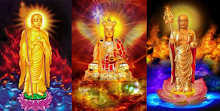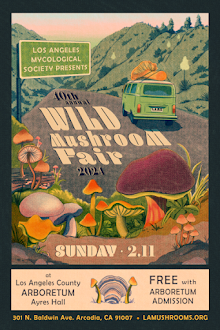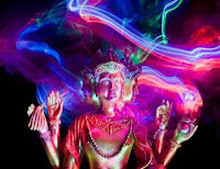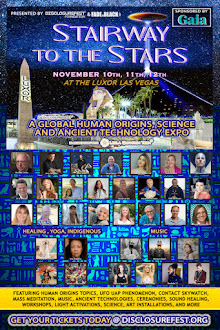VIDEO: Unsolved Mysteries: The Cash Landrum UFO Case (Disclose.TV)
 The Cash-Landrum incident was a reported unidentified flying object sighting from the US in 1980. The eyewitnesses insist it was responsible for damaging their health in a way reminiscent of biblical passages stating that one could not look directly at "God" or be smited. It is one of very few UFO cases to result in criminal court proceedings. It is classified as a close encounter of the second kind, due to its reported physical effects on the witnesses and their automobile without interaction with the occupants of the craft.
The Cash-Landrum incident was a reported unidentified flying object sighting from the US in 1980. The eyewitnesses insist it was responsible for damaging their health in a way reminiscent of biblical passages stating that one could not look directly at "God" or be smited. It is one of very few UFO cases to result in criminal court proceedings. It is classified as a close encounter of the second kind, due to its reported physical effects on the witnesses and their automobile without interaction with the occupants of the craft.
Can't Look at "the Gods" and Live
Allaboutgod.com
 Humans are not allowed to look directly at God and live (Exodus 33:20). When Moses, an Old Testament figured beloved by Jews, encountered God as a blazing bush that did not burn up, he feared looking (Exodus 3:6).
Humans are not allowed to look directly at God and live (Exodus 33:20). When Moses, an Old Testament figured beloved by Jews, encountered God as a blazing bush that did not burn up, he feared looking (Exodus 3:6).
Moses had an intimate relationship with his extraterrestrial god (akasha deva) but with limitations (Deuteronomy 34:10). In seeking God’s dazzling presence, Moses is reminded, “you may not look directly at my face, for no one may see me and live” (Exodus 33:11, 20-23).
Old Testament examples of God’s appearance centered on his glory (which means light, resplendence, halo, shining; deva literally means "shining one"). That light, thought of as the deva's celestial/extraterrestrial/heavenly presence, can dwelling in glowing objects: the Tabernacle (Numbers 12:5; 16:19, 42), pillar of fire and pillar [platform, chariot of fire, vimana, spacecraft] of cloud (Numbers 14:14).
In Buddhist and Indian lore, a Brahma ["the supreme," who is neither singular nor supreme] has no form to appear in, so it adopts one according to the situation and thereby interacts, often in the appearance of a beloved youth named Pañcasikha (DN 19). This would explain the Christian conviction that its omnipotent and omniscient creator god came as a child: "Christ is the visible image of the invisible God." More



















































































































































































































































No comments:
Post a Comment